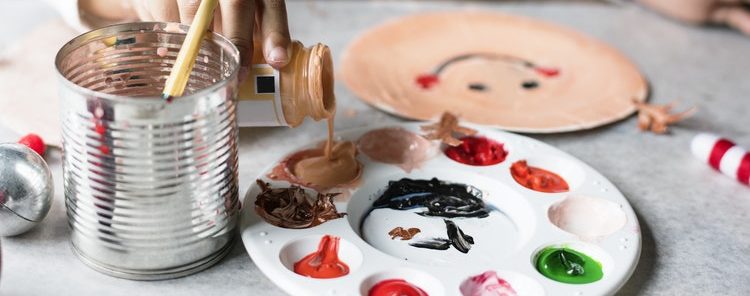A picture of health
In the UK, there is growing support and encouragement for doctors to prescribe creative activities, such as reading and drama groups, crafts, painting, poetry, gardening and so on, instead of antidepressants and other prescriptions to aid mental health. The thinking behind it is not only one of pragmatic cost-cutting and reducing waiting times in GP offices, but also about the benefits of cultural and social enrichment – especially in vulnerable groups such as the young and elderly.
The argument lies in the fact that such things may have far more meaningful results and yield better care by creating support networks, than a 15-minute GP appointment ever could. Currently, there are 23 such creative community projects going on, with £4.5 million of funding. This is certainly an encouraging start.
While the arts can undeniably help a person overcome loneliness, isolation and the sense of a lack of purpose, it should not seek to replace all orthodox means of mental health care. Equally, prescriptions do not go all the way in making a vulnerable person feel part of a community, giving them independence, or providing a sense of purpose. Therefore, used together, they can be seen as overcoming each others’ shortfalls. However, it is difficult to argue that there is a simple, singular cure for mental health problems given the unique needs and circumstances of each of those suffering.
Arts can undeniably help a person overcome loneliness, isolation and the sense of a lack of purpose
Some people’s health can be bettered by these outlets, and others may have need for more formal or specific treatment. No one is arguing that arts and crafts are about to replace medical help and expert advice. Neither is this one of those ‘just go outside’ arguments. Instead, what is being recognised is the fact that such community projects provide essential and inclusive support networks and activities that are fundamentally fun and without stigma for those who may be socially excluded.
Even while there is more awareness than before about mental illness, some stigma unfortunately and undeniably remains in our society. For some, routines of visits to doctors and hospitals and the need for prescriptions to ‘feel normal’ may feel shameful and isolating. In these cases, being given an outlet for creativity can go a long way in helping overcome this. Emotions that are difficult to articulate, like fear, anger and confusion, can be expressed in a healthy way.
Community projects provide essential and inclusive support networks and activities that are fundamentally fun and without stigma for those who may be socially excluded
Self-expression can help create a sense of agency and independence among groups feeling helpless and dependent, as well as affirming them as members of the community and more than the label of their diagnosis. In turn, these creations, artefacts and performances can provide not only some form of representation of a particular mental health issue, but also act as an educational tool to aid a wider grasp and understanding of mental health in society. A fantastic example of this is Sandy Jeffs, who copes with and documents her schizophrenia through poetry and has been a leading voice in changing public perceptions of the disorder in Australia.
Finally, it is perhaps a very human reaction to record our emotions and self-exploration, as much in times of joy as in pain. The arts provide many mediums for this. It is no different for groups who are marginalised because of their disabilities. The Bethlem Museum of the Mind has documentations of the experience of mental health dating from the 1500s – showing indeed that self-expression has long provided a form of therapy for those suffering from mental health issues. It is by no means a panacea, but this sort of treatment certainly has potential – and if nothing else, it is still useful for purposes of personal enrichment.

Comments
Comments are closed here.